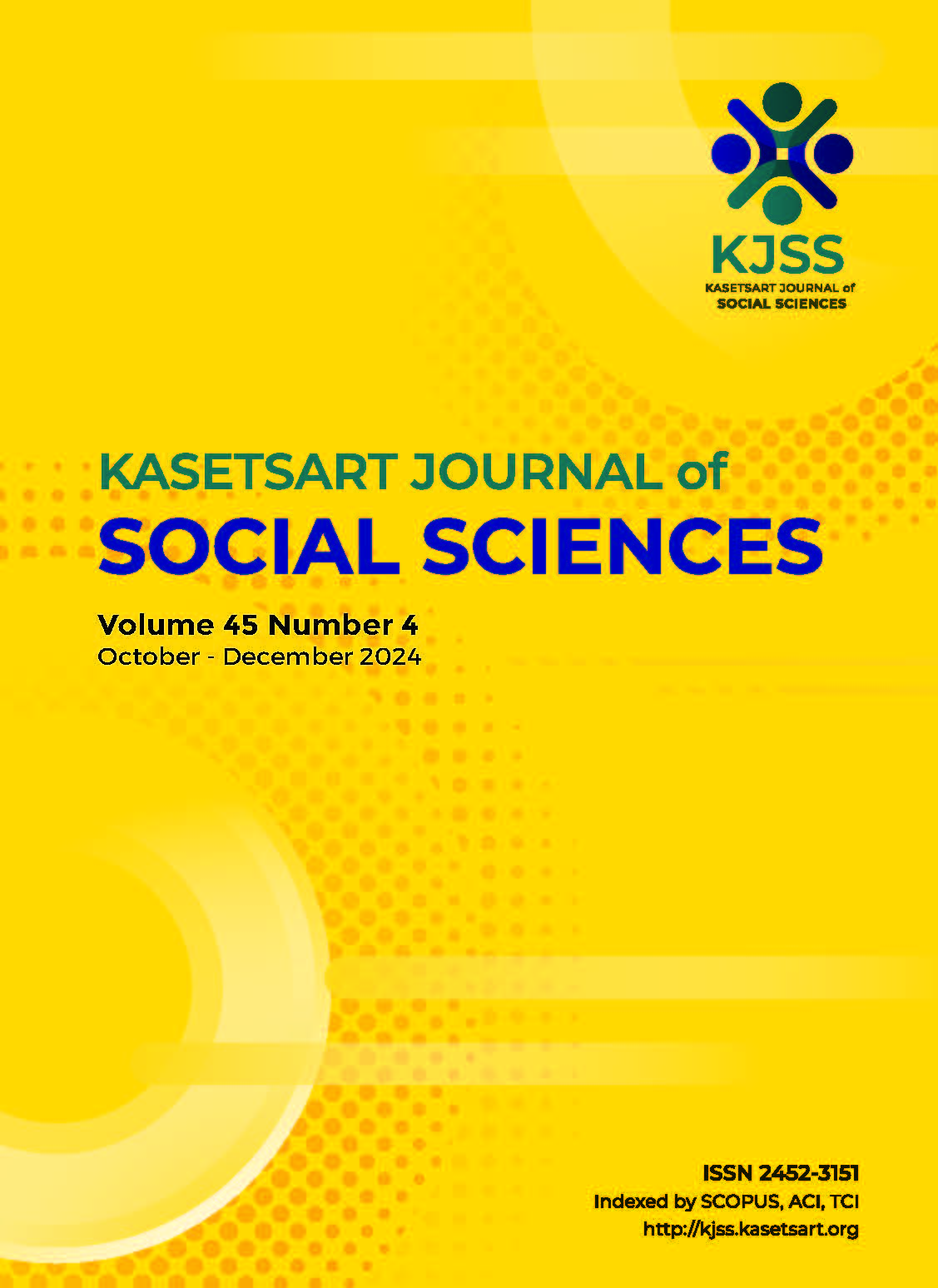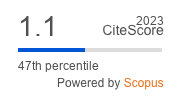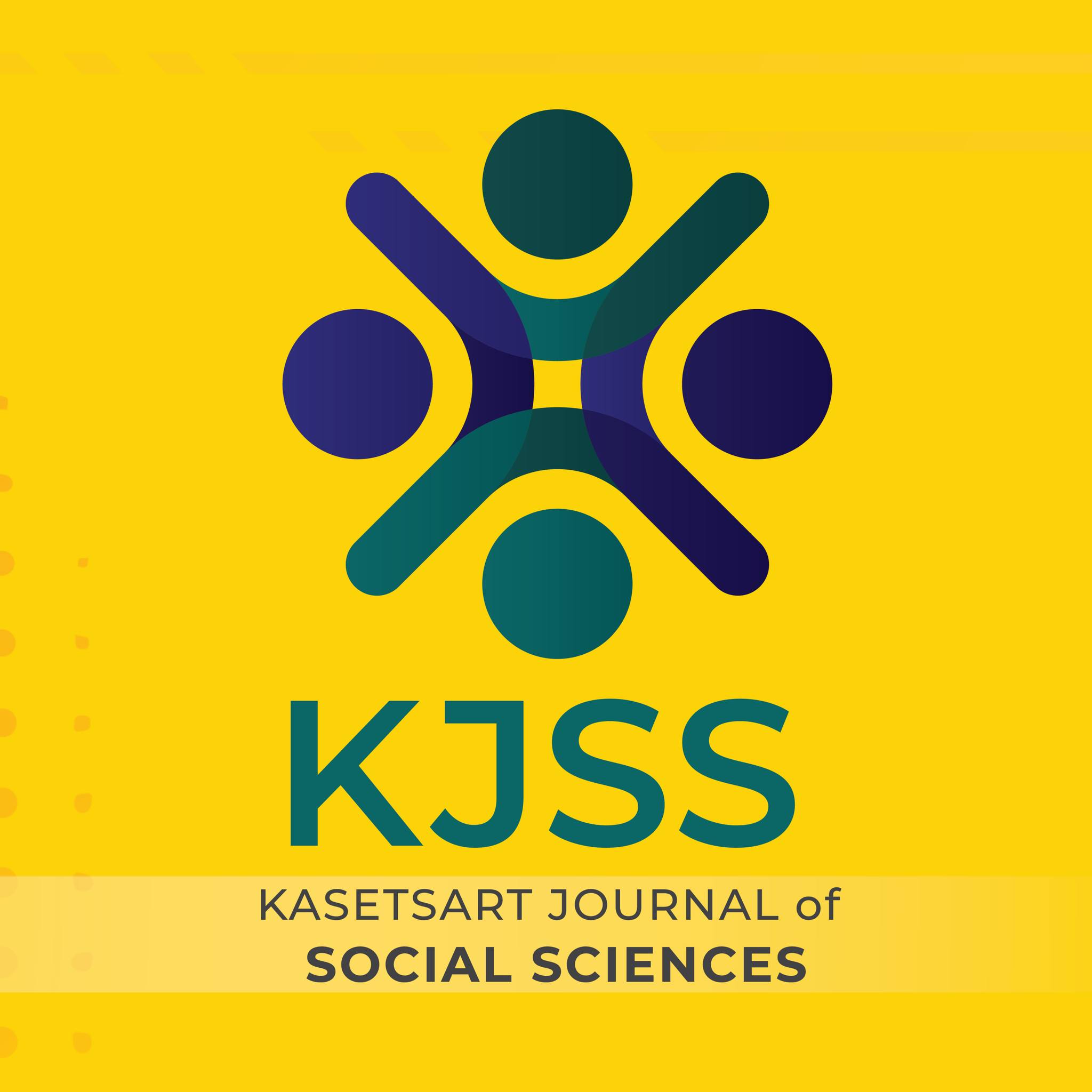Exploring ChatGPT prompts used by Thai EFL elderly students to promote community products and their attitudes towards ChatGPT: Case study of Sakon Nakhon School for the elderly, Thailand
Keywords:
AI, artificial intelligence, ChatGPT, elderly students, promptsAbstract
This study investigated the purpose of elderly students using ChatGPT prompts together with the linguistic features involved and examined their attitudes towards using ChatGPT to learn English at Sakon Nakhon School for the Elderly (SNES), in Sakon Nakhon Municipality, in Thailand. Twenty-four students aged 60 to 70 were divided into three groups based on their respective community products, namely, Hand-Sewing Cloth, coconut shell pots, and bottle caps. These groups used ChatGPT to generate scripts and advertisements for their products. Questionnaires, semi-structured interviews, and a ChatGPT training workshop were used as the main research instruments. The results revealed that the three groups used a total of 249 prompts. These were analysed into frequencies and categorised into their linguistic features and according to their purpose based on the students’ ChatGPT prompt history. Regarding the linguistic features, those found were mainly imperative forms (239). These linguistic features were mainly used for the purposes of translating (166), simplifying (42), creating (24), and explaining (10). It was noticeable that the functions of the imperative words could overlap. The results indicated that the students demonstrated good attitudes towards the use of ChatGPT as an English learning tool and towards the SNES-provided workshop. They indicated that they could use ChatGPT in the future to create content for their own businesses and to acquire additional English language skills. The findings indicated that students might use additional resources, such as Grammarly, to assist them with instructional tasks. This study highlights how to implement pedagogical AI workshops for elderly students.
Downloads
Published
How to Cite
Issue
Section
License
Copyright (c) 2024 Kasetsart UniversityThis is an open access article under the CC BY-NC-ND license http://creativecommons.org/licenses/by-nc-nd/4.0/










